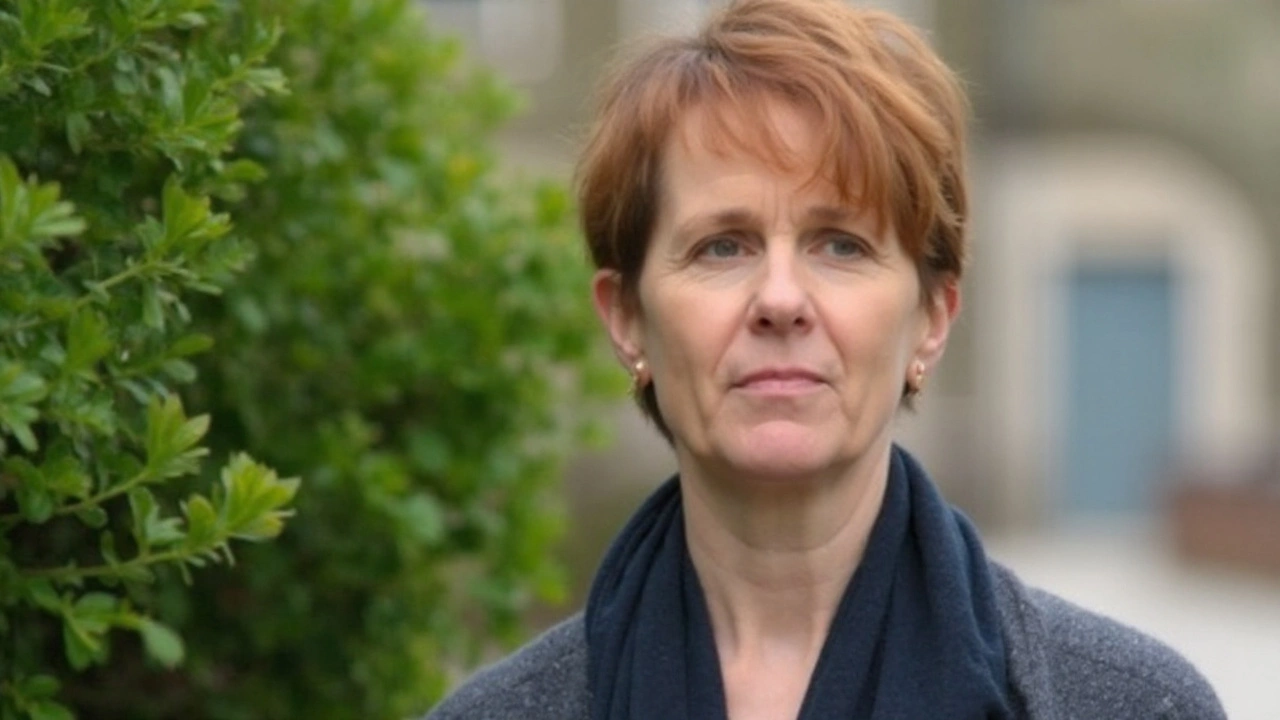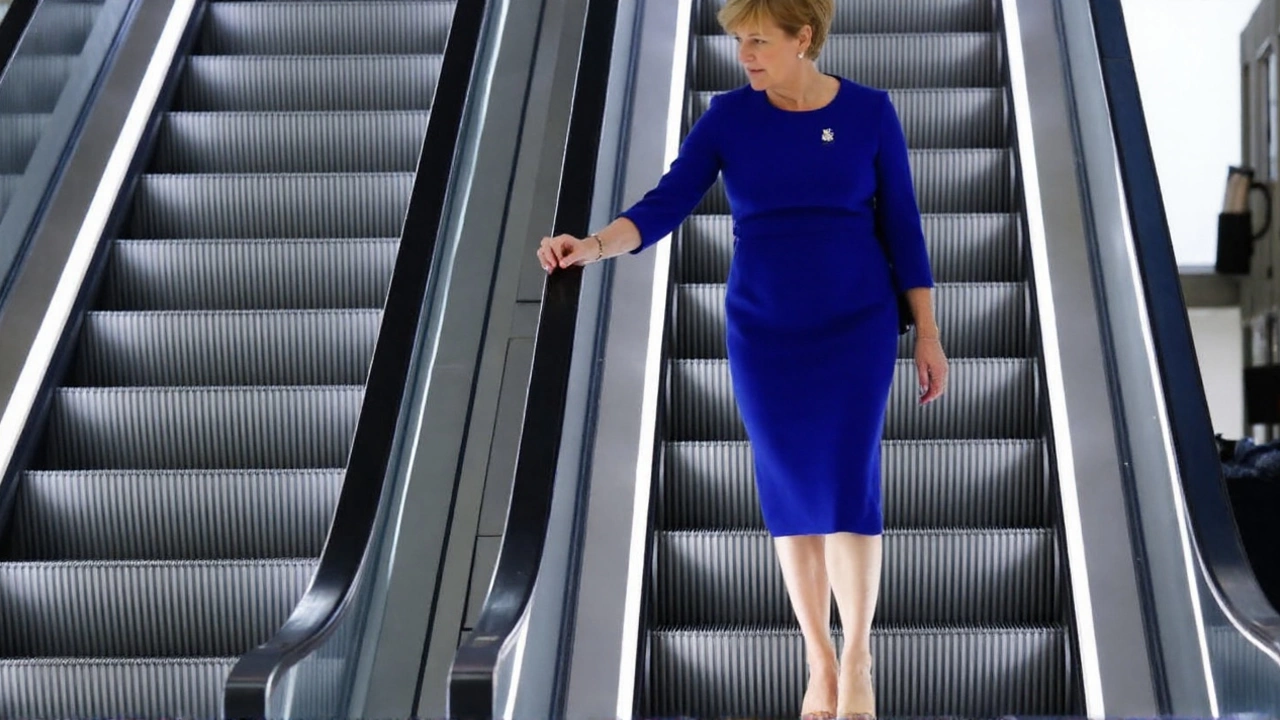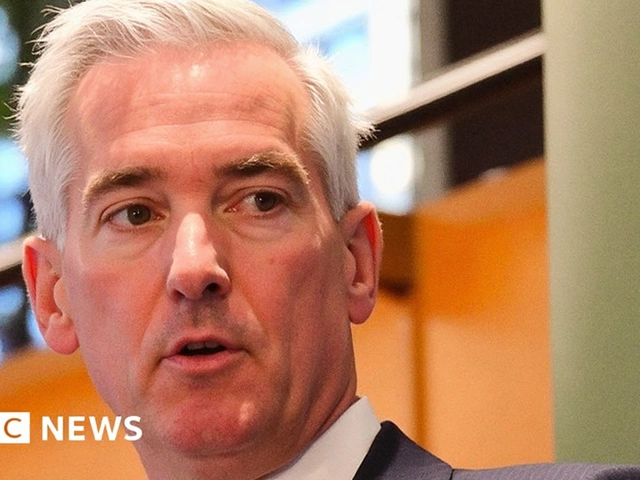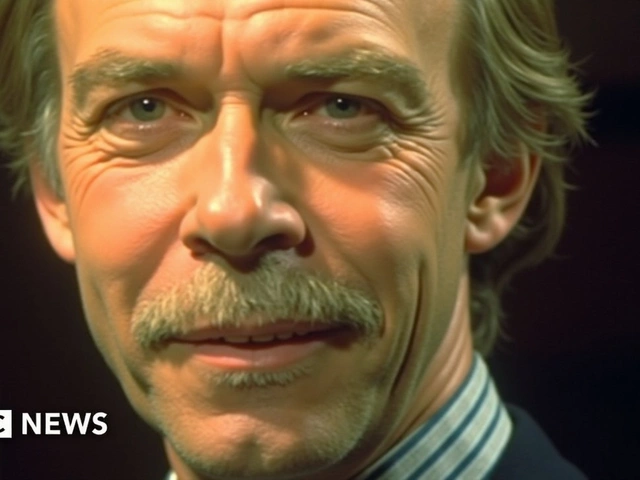Nicola Sturgeon’s Exit Marks the End of a Defining Era in Scottish Politics
Nicola Sturgeon Steps Away: What Her Farewell Means
Nicola Sturgeon’s bombshell decision not to stand in the 2026 Holyrood elections draws a bold line under a career that’s shaped Scotland’s political landscape for decades. Since the Scottish Parliament’s return in 1999, Sturgeon’s presence has been nearly inseparable from its story. For a generation, she’s been a fixture—first as a rising voice, then Deputy First Minister, and finally, as First Minister commanding SNP fortunes through changing tides.
Her announcement isn’t just another politician calling time. It’s a turning point. She’s the rare leader who, since taking the reins from Alex Salmond after the 2014 independence referendum, turbocharged the SNP from a strong Scottish party into a powerhouse with UK-wide impact. In the 2015 general election, her leadership swept the SNP to an unprecedented 56 out of 59 Scottish seats—a breakthrough nobody saw coming, and one that put Scottish independence firmly on the Westminster agenda.
Sturgeon’s impact goes deeper than votes and seats, though. Where Salmond was the architect of the first independence referendum, Sturgeon became the steadying force. She shepherded the party through rough seas—notably, Brexit, which threatened to upend Scottish politics. Instead of letting the SNP fracture, she pulled its diverse factions together. Under Nicola Sturgeon, the SNP managed to keep one eye on day-to-day governance and the other on the long game: Scottish independence.

Redrawing the Political Lines
The UK’s 2016 Brexit vote turned out to be a curveball. Most Scottish voters opposed leaving the EU, fueling calls for a second independence referendum. Sturgeon seized the chance, arguing that Scotland shouldn’t be dragged out of the EU against its will. Her careful but relentless push reframed independence as a matter of democracy, not just nationalism.
But she also found herself blocked at every turn by Westminster. Over time, her greatest legacy may not be another go at a referendum, but making it too tough for UK politicians to pretend Scotland is happy with the status quo. She planted real doubts about the old idea of the UK as a ‘voluntary’ partnership, exposing how much of the constitutional question boils down to who gets the final say.
Amid all this, Sturgeon kept the SNP winning where it counted: at the ballot box. No party leader in the UK, except maybe Tony Blair in his heyday, has been able to boast such consistent election results. SNP supporters hail her as the figure who finally made their party the natural party of government in Scotland.
Still, continuity in faces doesn’t always mean continuity in direction. With Sturgeon now stepping off centre stage, the SNP faces big questions. Will its next leader keep the party glued together, or will old divides start to open up? The independence debate isn’t finished—but the tone and tactics could change as new hands take the wheel.
As the calendar edges closer to the ten-year anniversary of that seismic 2015 SNP landslide, it’s clear Nicola Sturgeon’s exit is more than just one political retirement. It’s the close of a chapter—and whatever comes next, Scottish politics won’t feel quite the same.





